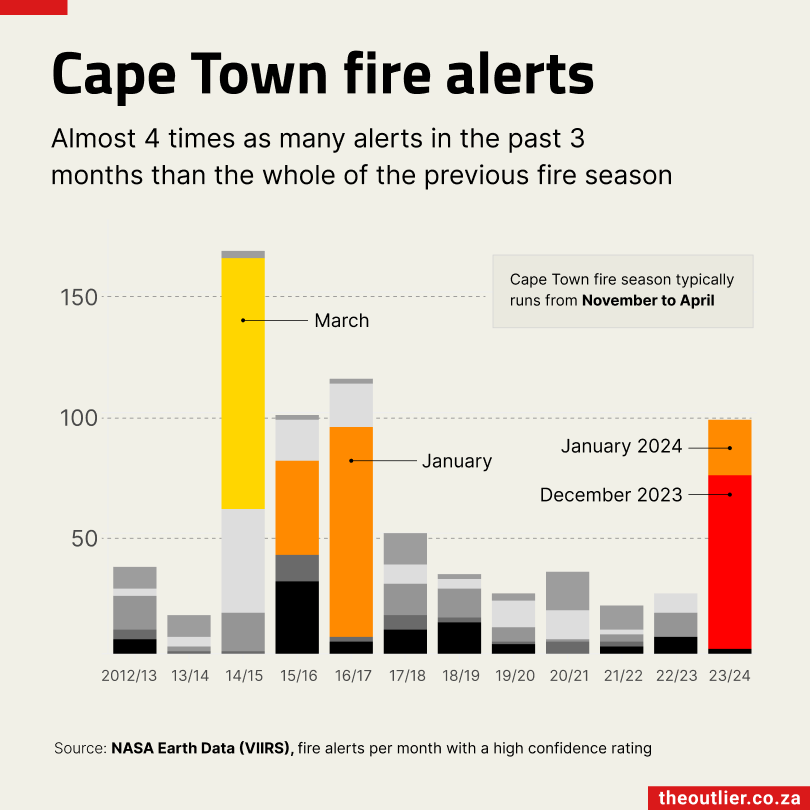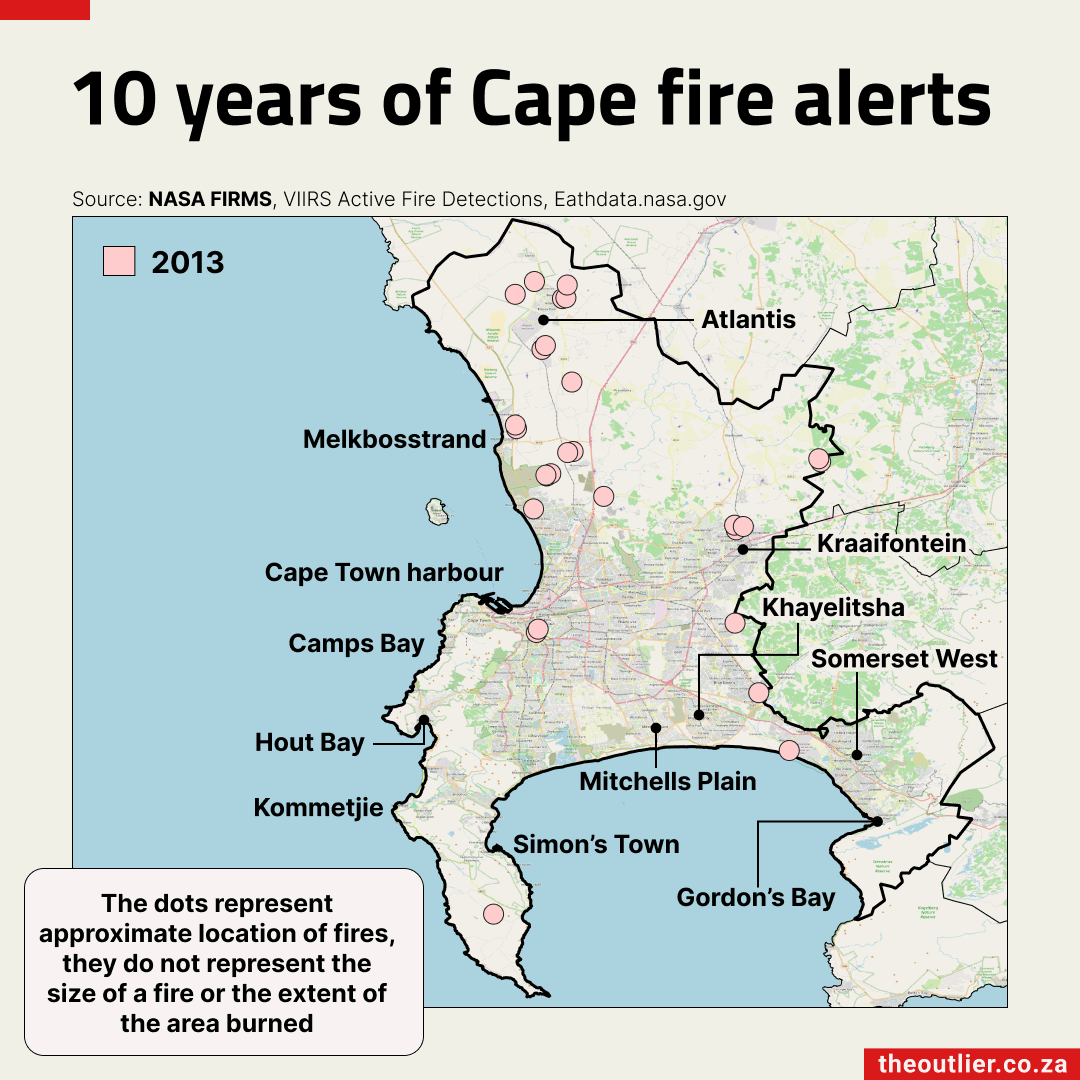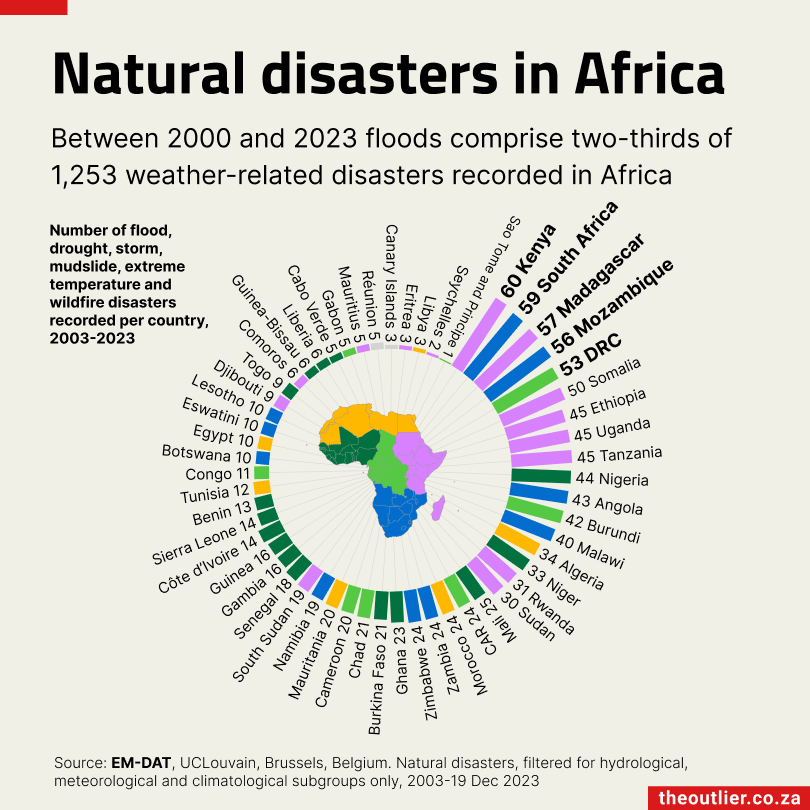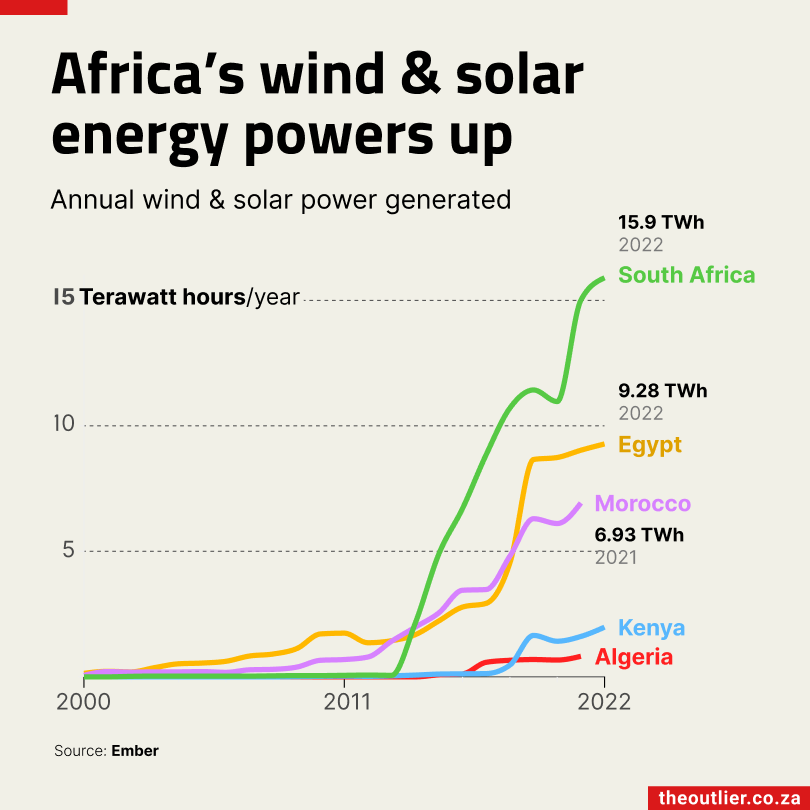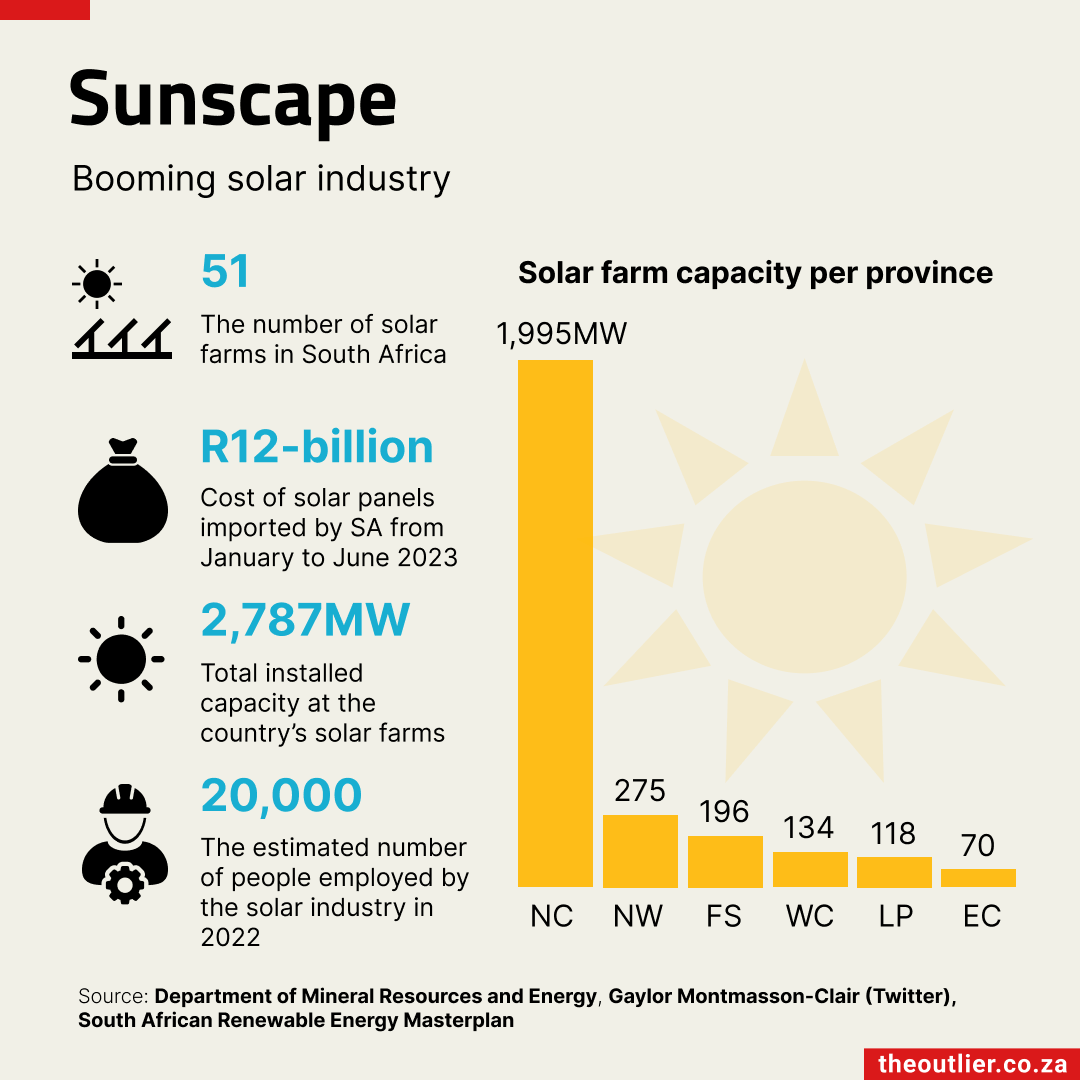Sitting on top of a snow-less Kilimanjaro
The mountain’s glaciers have a few more years before they are gone. Scientists say sun radiation, too little snow and rising temperatures all contribute to their disappearance.
Kilimanjaro glaciers (Photo: Jennifer McCague)
Mount Kilimanjaro sits majestically on the border of Tanzania and Kenya – just a few degrees south of the equator.
Its snowy top is often seen from kilometres away, but for the last few years, people who have made the trek to summit Africa’s highest point have missed out on a pivotal part of the experience: snow.
In the last 10 years, there has only been snow on top of Uhuru Peak for three years in July.*
Scientists have said that a dry climate, rising temperatures of 0.5ºC to 0.8ºC between 1901 and 2005 and less snow have contributed to Kilimanjaro’s 11,700-year-old glacier disappearing.
But the main reason for Kilimanjaro’s glacier retreat is solar radiation.
In 1880, Kilimanjaro’s glacier-covered a 20km2 area. By 2016, this area had decreased to 1.7km2 area.

Scientists have said most of Kilimanjaro’s glaciers disappeared around the 1950s because of changes in their mass balance – in short, when there is not enough snow to counteract melting or sublimation (when ice changes from a solid to a gas form).
Kilimanjaro’s glacier has steep vertical walls on the southeast side, which face a cloudless sky, where the sun’s radiation turns the ice into gas or melts the steep glacier. More snowfall could help Kilimanjaro’s glaciers, but there would need to be enough snow during the wet season to cover the mountaintop until the following year.
And although some climate models suggest increased cyclones near East Africa – which would cause more snow to fall on Kilimanjaro during the wet season – it won’t be nearly enough to hold off Kilimanjaro’s sublimation, historical climate and weather professor Stefan Grab from the University of the Witwatersrand explained.

The World Meteorological Organisation has said that Kilimanjaro will be glacier-less by 2040, along with the Rwenzori Mountains in Uganda and Mount Kenya.
So what does this mean for future hikers summiting Kilimanjaro? Yes, there will be less snow and rain and the glaciers won’t be there forever, but the climb will be drier for large parts of the year – making it easier to summit.
Tropical Glaciers
Kilimanjaro, Mount Kenya and the Rwenzori mountains are not the only tropical glaciers experiencing glacial retreat.
Indonesia’s Papua Glaciers decreased from 19km2 in 1850 to 0.34km2 in 2020. Scientists attributed the rapid rate of ice loss to the 2015-2016 El Niño and rising regional temperatures. The Papua Glaciers are the only glaciers in the West Pacific, and are projected to disappear at the end of the decade.
The Tibetan plateau – home to the Himalayas – has a 100,000km2 of glaciers – a vital resource for fresh water. The World Meteorological Organisation has projected that the glaciers will recede by 20% to 40% by 2050.
The Andes Mountain range extends from Venezuela down the western flank of South America to Chile and Argentina, covering an area of 1,767 km2. The Andes’ glaciers are a source of fresh water and power supply. Because of the length of the mountain range, the glaciers retreated between 20% to 30% since 1955.
The Alps – which stretch 1,000km from France to Austria – the Pyrenees – which border France and Spain – and the Caucasus mountain range – between Georgia and Russia – have experienced a glacial retreat from warming temperatures over the past two decades.
Methodology
*I chose to focus on July for this project on Kilimanjaro as July is the first month following the wet season (from March to mid-June), and the temperature is generally colder in July than in August or September. July is also the month that Trek for Mandela happens – an annual summit to the top of Kilimanjaro on 18 July – the birthday of former South African president Nelson Mandela. By focusing on this month, I knew that when I searched Twitter, I would find photographs of climbers from this group posing at the signpost for Uhuru Peak – the tallest part of Kilimanjaro. I do not have data for 2020 because global Covid-19 lockdowns restricted people from travelling.

